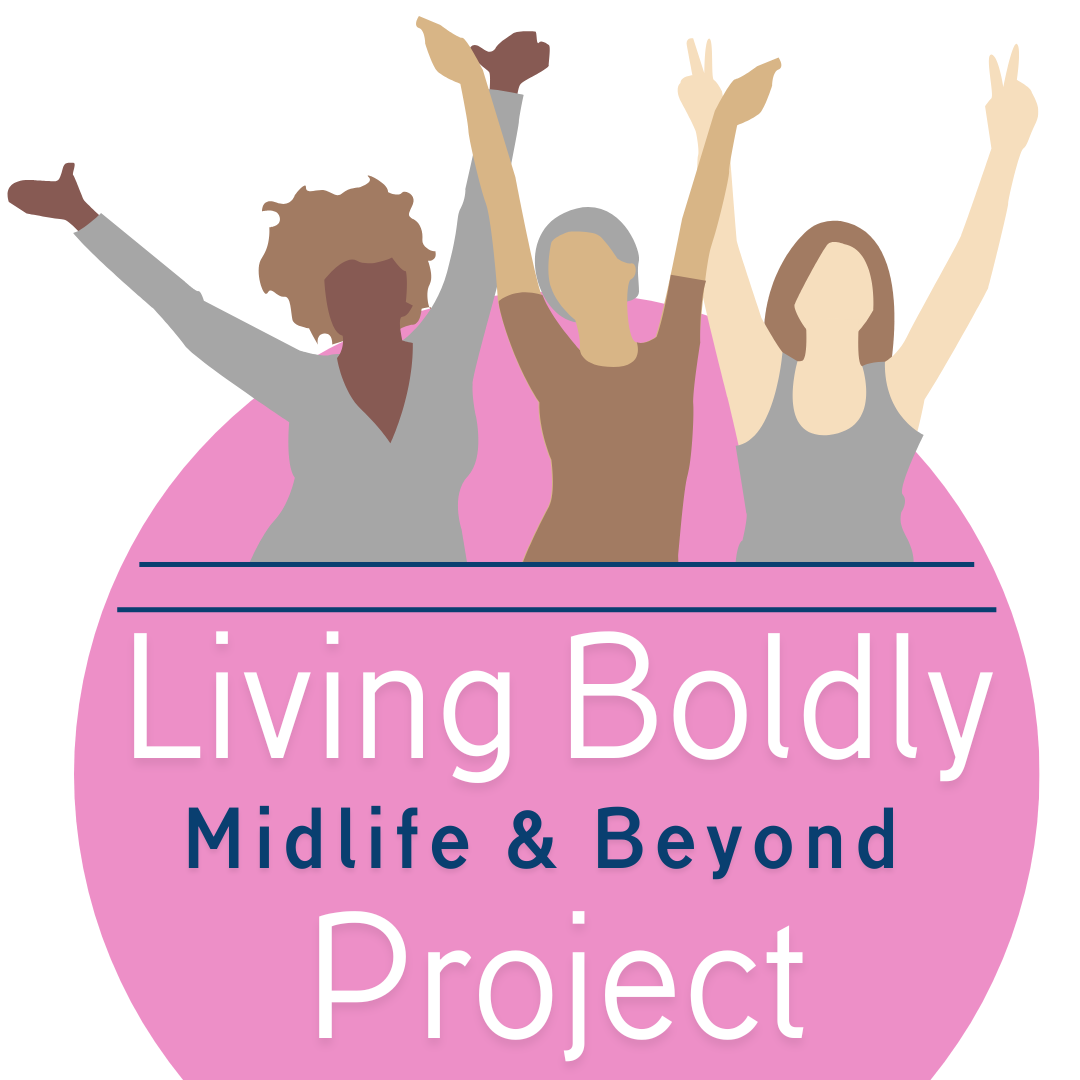Although getting older is just a part of life, the age of life expectancy and the number of older people has increased since the 1900s. In her article, Popular Views of Old Age in America, 1900–1950, Laura Hirchben (2002) describes that in the 1930s and 40s, old age started being referred to as a medical and social problem. She further explains, "By this time, old age within popular literature had become a topic for medical and other professional intervention, rather than a way to explain people's lives or their position in the national order." How we look at older Americans is important. It is estimated that by 2035, there will be more Americans over 65 than under 18.
In our society age bias is an ever-increasing problem. With quick advancements in technology, it is easy for older Americans to get behind and feel left behind. The way that we view older people, especially if they are not white and wealthy, affects the value we place on the older generation. Raudah Yunus, & Noran Hairi assert:
“Ageism—and its internalization—is complex, and it stems from multiple factors: Westernization, urbanization and adoption of modern lifestyles, changing societal norms and family structures, and the media. These forces gradually caused the loss or weakening of status, traditional roles, and authority of older adults in society. Modern popular culture has created among the wider population an exaggerated and irrational fear of aging, by constantly trumpeting the need to “stay young and beautiful” in numerous antiaging cosmetic and health product advertisements. Youthfulness is portrayed as a life goal and pinnacle of success. Aging thus is viewed with disdain, creating a tendency among youths to dissociate themselves from elders.”
Ageism Issues Clearing House: Old School
Tech Equality for Older Adults: The Gerontechnologist.com
Age Equity in Business: Age Equity Alliance
Resources and Images: Center for Ageing Better
Resources for Aging: Help Age International
The disproportionate impact of the climate crisis on women BWNS
Race and Age
